Understanding Hamstring Activation
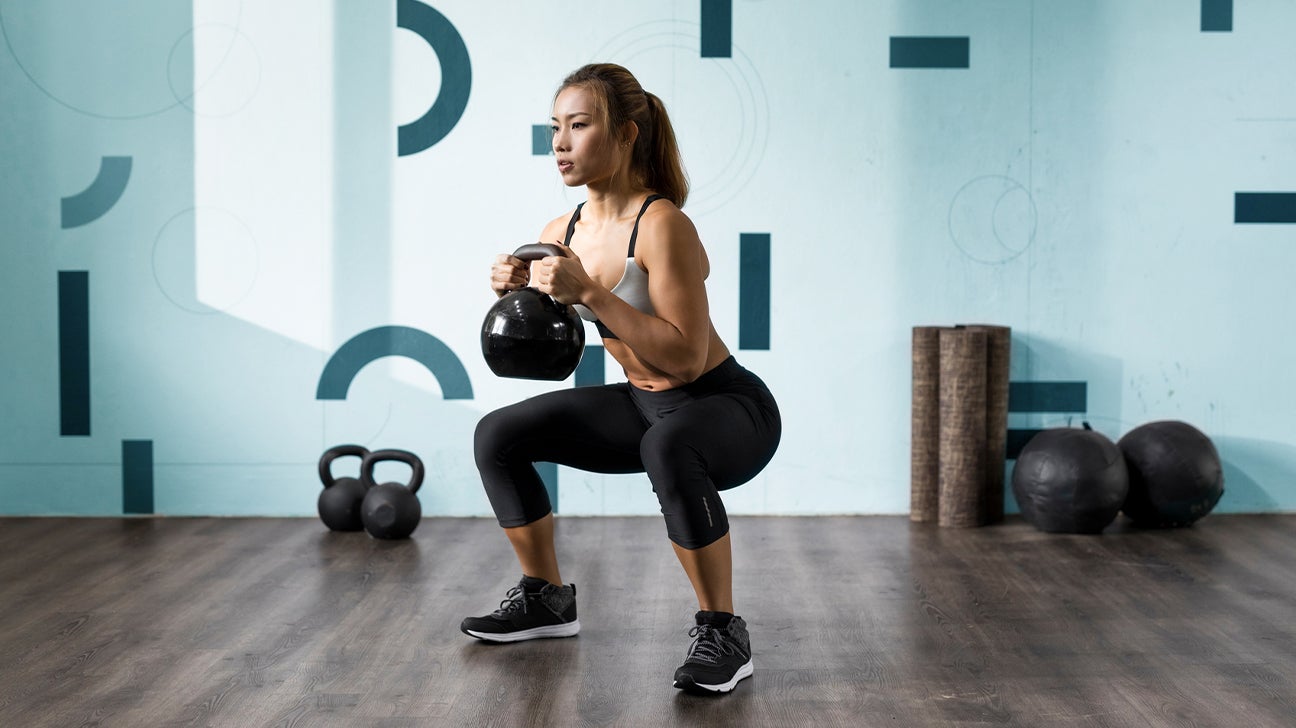
Understanding Hamstring Activation:
Hamstrings play a crucial role in various lower body movements, making their activation essential for maximizing workout efficiency. When the hamstrings are properly activated, they contribute to better performance, strength, and overall lower body development.
Activating the hamstrings can be challenging for many individuals, often leading to imbalances and decreased muscle engagement during exercises. Understanding the correct technique and exercises that specifically target the hamstrings is essential for overcoming these challenges.
V Squats are an effective exercise that targets the hamstrings by placing greater emphasis on the posterior chain. By positioning your body in a V-shape and performing squats, you can activate the hamstrings more effectively than traditional squats.
Incorporating V squats into your workout routine has numerous benefits, including increased muscle activation, improved strength, and enhanced overall lower body development.
However, to maximize hamstring activation during V squats, it is important to maintain proper form and technique. This includes correct positioning and alignment of the body to ensure that the hamstrings are properly engaged.
By understanding the importance of hamstring activation, incorporating V squats into your workout routine, and focusing on proper form and technique, you can maximize your workouts and achieve optimal hamstring development.
A. Importance of hamstring activation in workouts

Hamstring activation is of utmost importance in workouts due to the crucial role the hamstrings play in various lower body movements. These muscles are responsible for knee flexion, hip extension, and overall lower body stability. Proper hamstring activation is essential for maximizing workout efficiency, performance, strength, and overall lower body development.
When the hamstrings are activated, they work in conjunction with other lower body muscles to generate power, stabilize the knees and hips, and maintain proper alignment during exercises. This not only improves exercise performance but also reduces the risk of injury.
Furthermore, activating the hamstrings correctly helps to address muscle imbalances that can occur when other muscle groups, such as the quadriceps, overpower the hamstrings. Imbalances in muscle activation can lead to poor form, decreased muscle engagement, and potential injury.
By prioritizing hamstring activation in workouts, individuals can achieve optimal muscle activation, enhance muscular strength, improve athletic performance, and support proper movement mechanics. Incorporating exercises like V squats that specifically target the hamstrings can be instrumental in achieving these goals.
B. Common challenges in activating the hamstrings

Activating the hamstrings can sometimes be challenging due to various factors. Some common challenges individuals may face include:
- Muscle imbalances: Many people have stronger quadriceps muscles compared to their hamstrings. This muscle imbalance can make it difficult to activate and engage the hamstrings effectively.
- Poor mind-muscle connection: Developing a strong mind-muscle connection with the hamstrings can take time and practice. Without this connection, it can be challenging to engage the hamstrings properly during exercises.
- Limited range of motion: Restricted flexibility or limited range of motion in the hips, knees, or ankles can hinder proper hamstring activation. It is important to work on improving flexibility and mobility in these areas to optimize hamstring engagement.
- Incorrect exercise technique: Using improper form or technique during exercises that target the hamstrings can reduce their activation. It is crucial to focus on performing exercises correctly to effectively engage the hamstrings.
- Lack of awareness: For some individuals, there may simply be a lack of awareness or understanding of how to activate the hamstrings properly. This can be addressed through education, guidance, and practice.
By being aware of these common challenges, individuals can overcome them and improve their hamstring activation during workouts.
Introduction to V Squats
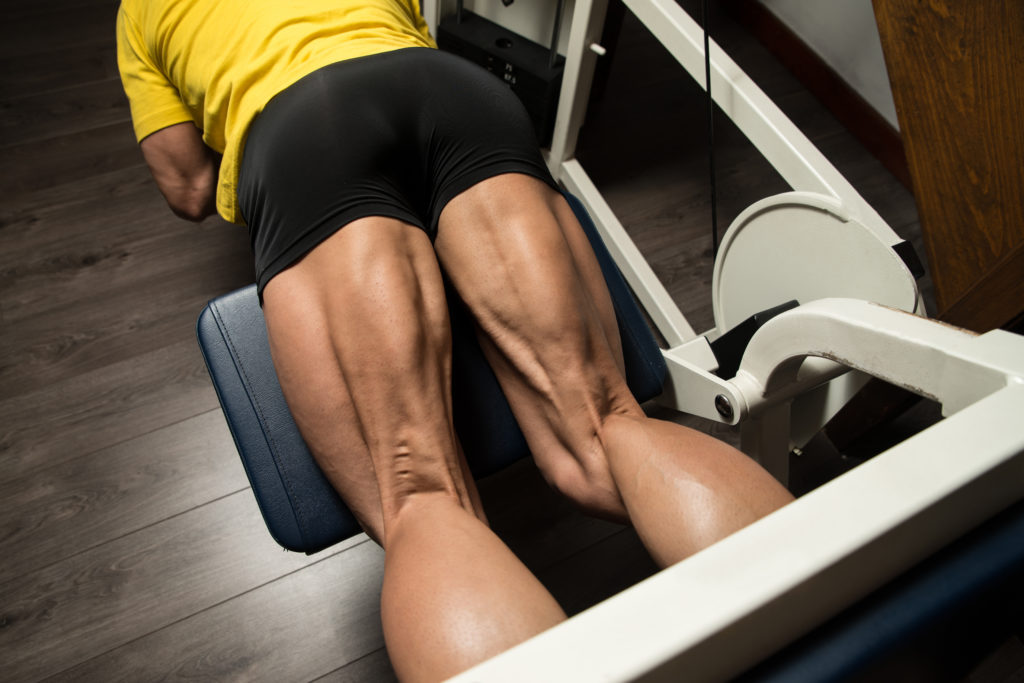
V squats are a variation of squats that specifically target the hamstrings, making them an effective exercise for activating and strengthening these muscles. In V squats, the feet are placed wider than shoulder-width apart and angled outward, forming a V shape with the legs. This wide stance and foot angle shift the emphasis from the quadriceps to the hamstrings, engaging them more effectively during the movement.
V squats provide a unique challenge by placing a greater demand on the hamstrings, helping to address muscle imbalances and strengthen the posterior chain. They also require proper form and technique to maintain alignment and maximize hamstring activation.
By incorporating V squats into your workout routine, you can optimize hamstring engagement and improve overall lower body strength and stability. However, it is important to start with lighter weights and gradually increase intensity to ensure proper technique and minimize the risk of injury. Adding V squats to your exercise repertoire can enhance your training and help you maximize the benefits of hamstring activation.
A. What are V squats and how do they target the hamstrings?

V squats are a variation of the traditional squat exercise that specifically target the hamstrings, making them an effective way to activate and strengthen these muscles. In V squats, the feet are positioned wider than shoulder-width apart, forming a V shape with the legs. This wide stance, along with the feet angled outward, shifts the emphasis from the quadriceps to the hamstrings, engaging them more effectively during the movement.
The primary reason V squats target the hamstrings is the increased hip and knee flexion they require. This deeper squatting position places a greater stretch on the hamstrings and forces them to work harder to extend the hips and knees during the upward phase of the squat. This increased demand on the hamstrings helps to address muscle imbalances and strengthen the posterior chain.
In addition to targeting the hamstrings, V squats also work the glutes and quadriceps. They provide a well-rounded lower body exercise that can improve overall lower body strength and stability. However, it is important to maintain proper form and technique to ensure maximum hamstring activation and minimize the risk of injury. Incorporating V squats into your workout routine can be a valuable addition for optimizing hamstring engagement and maximizing the benefits of hamstring activation.
B. Benefits of incorporating V squats into your workout routine

V squats offer several benefits that make them a valuable addition to your workout routine. Here are some key advantages of incorporating V squats into your lower body training:
- Increased hamstring activation: V squats specifically target the hamstrings, helping to improve their strength and activation. This can address muscle imbalances and enhance overall lower body stability.
- Improved hip and knee flexibility: The wider stance and deeper squatting position in V squats require increased hip and knee flexion. This can improve your range of motion and flexibility in these joints, leading to better functional movements and athletic performance.
- Enhanced glute and quadriceps development: While V squats primarily target the hamstrings, they also engage the glutes and quadriceps. This leads to balanced lower body development and can help in achieving a well-rounded physique.
- Core stability and balance: V squats require core engagement to maintain proper form and stability throughout the movement. This can help strengthen your core muscles and improve overall balance and stability.
- Injury prevention: Strengthening the hamstrings through V squats can help prevent injuries, particularly in activities that involve running, jumping, and other explosive movements.
By incorporating V squats into your workout routine, you can maximize hamstring activation, improve strength and stability, and develop a well-rounded lower body. Remember to gradually increase the intensity and always maintain proper form to optimize the benefits of V squats.
Proper Form and Technique
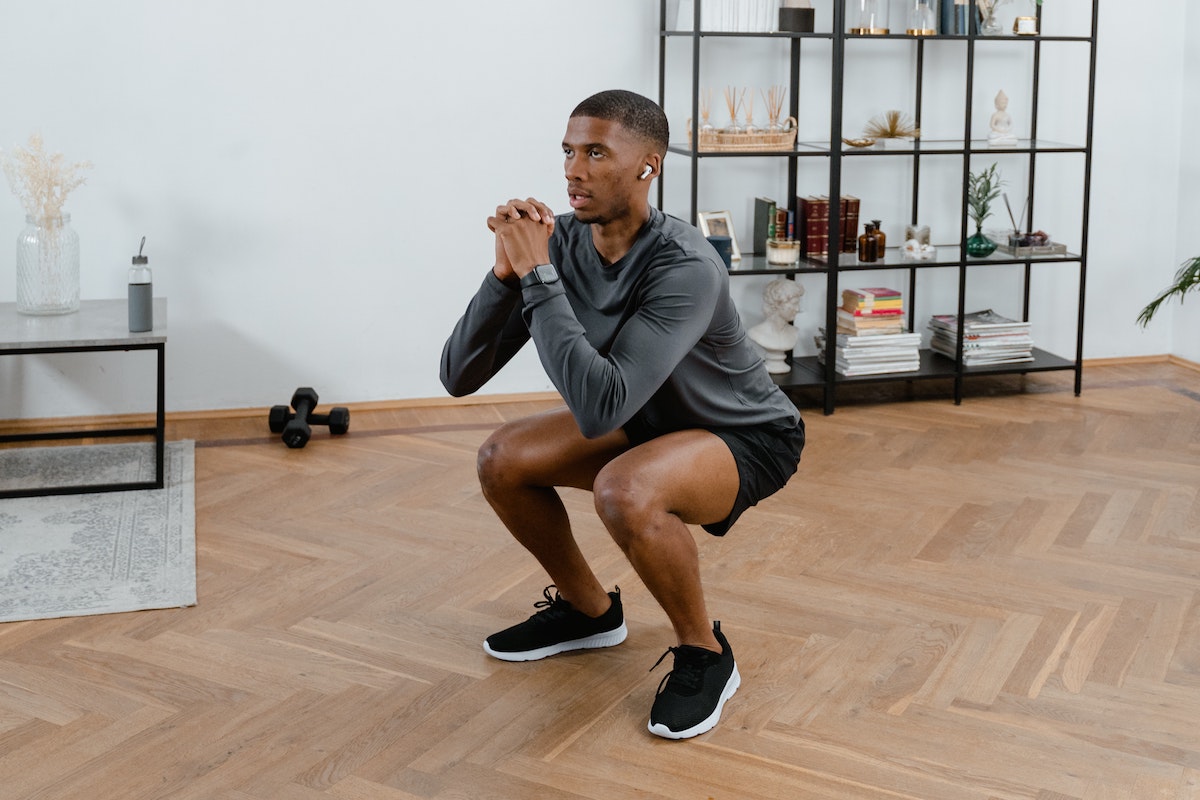
To maximize the benefits of V squats and properly activate the hamstrings, it is crucial to maintain proper form and technique. Here are some important guidelines to follow:
- Positioning and Alignment: Stand with your feet shoulder-width apart, toes pointing slightly outward. Extend your arms in front of you for balance. As you lower into the squat, push your hips back and keep your chest lifted. Maintain a straight back throughout the movement.
- Depth of Squat: Aim to lower your hips below parallel to fully engage the hamstrings. However, avoid going too deep if it compromises your form or causes discomfort.
- Control and Stability: Descend into the squat slowly and under control. Avoid any sudden or jerky movements. Keep your weight on your heels to maintain stability and prevent strain on the knees.
- Breathing: Inhale as you lower into the squat and exhale as you push through your heels to return to the starting position.
- Proper Alignment of Knees and Feet: Ensure that your knees track over your toes throughout the movement. Avoid letting them collapse inward, as this can put stress on the knee joints.
By following these form and technique guidelines, you can effectively target and activate the hamstrings during V squats, maximizing the benefits for your lower body strength and stability.
A. Correct positioning and alignment for V squats
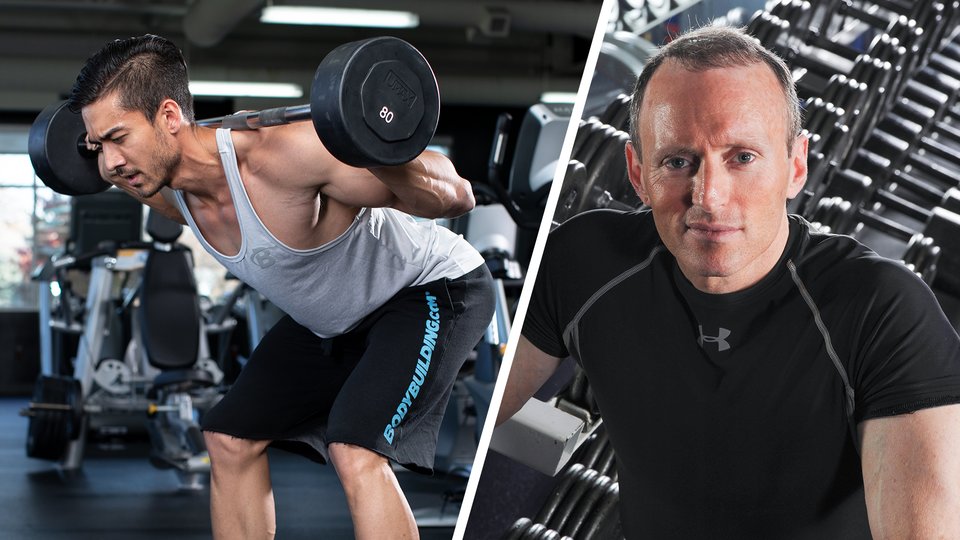
B. Tips for maintaining proper form to maximize hamstring activation
To maximize hamstring activation during V squats, it is crucial to maintain proper form and technique. Here are some tips to help you achieve optimal results:
- Start with a warm-up: Begin your workout with a dynamic warm-up to prepare your muscles, including your hamstrings, for the exercise. This can include leg swings, lunges, or hip stretches.
- Positioning and alignment: Stand with your feet shoulder-width apart and toes pointed slightly outward. Keep your chest up, shoulders back, and core engaged throughout the movement. Avoid rounding your back or hunching over.
- Depth of the squat: Aim to squat until your thighs are parallel to the ground or slightly below. This will ensure maximum activation of the hamstrings. Avoid going too deep, as it can put unnecessary strain on your knees and lower back.
- Control the movement: Lower yourself down slowly and smoothly, focusing on engaging your hamstrings. Avoid using momentum or bouncing at the bottom of the squat.
- Mind-muscle connection: Concentrate on contracting your hamstrings during the upward phase of the squat. Visualize squeezing your hamstrings as you push through your heels to stand back up.
- Gradually increase weight and intensity: Start with lighter weights and gradually progress to heavier loads as your strength and technique improve. This will help ensure proper form and prevent injury.
By following these tips, you can maintain proper form and technique during V squats, leading to optimal hamstring activation and overall muscle development.
Muscles Activated in V Squats

A. Hamstrings and their role in V squats

The hamstrings play a crucial role in V squats by providing stability, strength, and power during the exercise. As one of the primary muscle groups targeted, the hamstrings are responsible for knee flexion and hip extension, which are both essential movements in the V squat.
During the V squat, when the knees are bent and the hips are pushed back, the hamstrings are engaged to control the descent and assist in driving upward. They work in coordination with the glutes and quadriceps to maintain proper form and generate force.
Moreover, the hamstrings also contribute to maintaining balance and stability throughout the movement. By activating the hamstrings effectively, you can enhance your ability to control the downward and upward phases of the V squat, reducing the risk of injury and optimizing muscle recruitment.
To maximize hamstring activation in V squats, it is crucial to focus on proper form, maintain tension throughout the entire range of motion, and engage the hamstrings consciously during each repetition. By doing so, you can ensure that your hamstrings are effectively targeted, leading to stronger, more developed muscles and improved overall lower body strength.
B. Engagement of other muscles during V squats for overall lower body development

During V squats, not only do the hamstrings play a significant role, but other muscles in the lower body also get engaged, leading to overall lower body development. Here are the muscles that are activated during V squats:
- Quadriceps: The quadriceps muscles, located in the front of the thigh, are heavily involved in V squats. They work in conjunction with the hamstrings to control the descent and drive the upward movement.
- Glutes: The gluteal muscles, including the gluteus maximus, medius, and minimus, are essential for hip extension and stability during V squats. They work together with the hamstrings to generate power and maintain proper form.
- Calves: The calf muscles, comprised of the gastrocnemius and soleus, also contribute to V squats by assisting with ankle plantar flexion, which is necessary for maintaining balance and control.
- Core muscles: The core muscles, including the abdominals, obliques, and lower back muscles, play a vital role in stabilizing the trunk and maintaining an upright posture during V squats.
By engaging these muscles effectively, V squats provide a comprehensive workout for the lower body, resulting in improved strength, stability, and overall lower body development. It is important to focus on proper form and technique to maximize muscle activation and ensure balanced muscle development.
Variations and Progressions of V Squats

A. Advanced variations of V squats for increased intensity
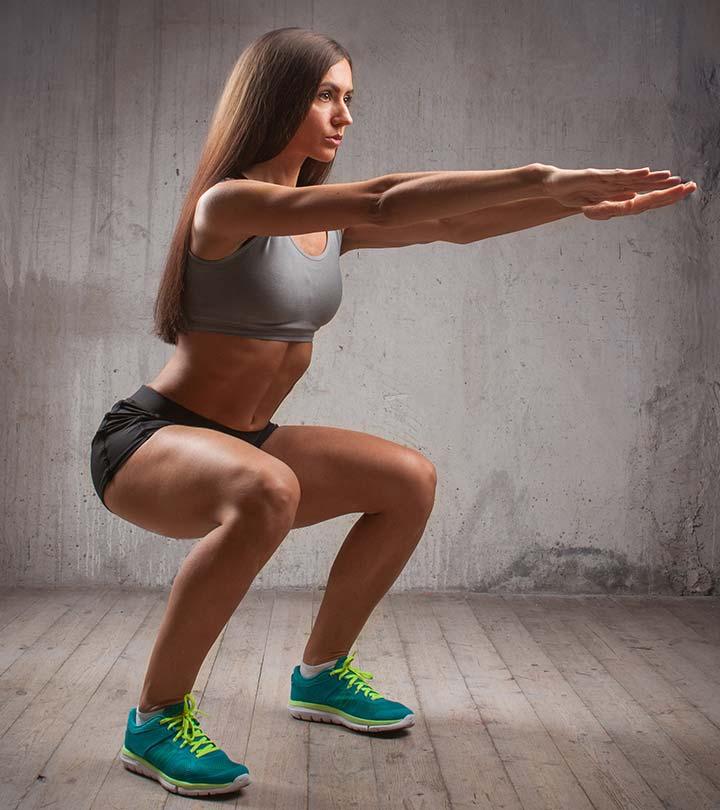
To further enhance the intensity and challenge of your V squats, there are several advanced variations you can incorporate into your routine. These variations not only target the hamstrings but also engage other muscle groups, providing a well-rounded lower body workout. Here are some advanced variations of V squats to consider:
- Single-Leg V Squats: Perform V squats while balancing on one leg. This variation increases the demand on the hamstrings and requires additional stability and core strength.
- Goblet V Squats: Hold a kettlebell or dumbbell in front of your chest, with elbows pointed down. This added weight increases resistance and engages the upper body in addition to the hamstrings.
- Heel-Elevated V Squats: Place your heels on an elevated surface, such as a weight plate or step. This variation increases the range of motion and places a greater emphasis on the hamstrings and glutes.
- Resistance Band V Squats: Loop a resistance band around your thighs, just above the knees. This added resistance challenges the muscles throughout the entire movement, including the hamstrings.
- Barbell V Squats: Position a barbell on the back of your shoulders, just like in a traditional barbell squat. This variation adds substantial weight to the exercise, promoting strength development in the hamstrings and lower body.
Remember to progress gradually and choose the variation that suits your fitness level and goals. It's essential to maintain proper form and technique to prevent injury. Incorporating these advanced variations of V squats into your workout routine will keep your hamstrings challenged and help you maximize your overall lower body strength and development.
B. Incorporating V squat progressions to continuously challenge your hamstrings
To continuously challenge your hamstrings and prevent plateauing, it is important to incorporate V squat progressions into your workout routine. These progressions can be done by gradually increasing the difficulty of the exercise. Here are some ways to progress your V squats:
- Increase Reps: Start by performing V squats with a moderate number of repetitions, then gradually increase the number of reps as your strength improves. This will help build endurance in your hamstrings.
- Add Weight: Once you have mastered the basic V squat, you can add resistance by holding dumbbells or a kettlebell. This added weight will further challenge your hamstrings.
- Introduce Unilateral Movements: Incorporate single-leg variations of V squats, such as the single-leg V squat or Bulgarian split squat. These exercises increase the demand on your hamstrings and promote balance and stability.
- Try Plyometric V Squats: Plyometric V squats add an explosive component to the exercise. Jumping off the ground and returning to the V squat position engages the hamstrings in a different way and helps improve power and athletic performance.
- Increase Range of Motion: As you become more comfortable with V squats, aim to lower your hips closer to the ground, increasing the range of motion. This deep squat position further activates the hamstrings and promotes flexibility.
Remember to progress gradually and choose the variations that align with your fitness level and goals. By incorporating V squat progressions into your routine, you can continuously challenge your hamstrings and experience ongoing improvement in strength and muscle development.
Combining V Squats with Other Exercises

A. Integrating V squats into a comprehensive lower body workout
Integrating V squats into a comprehensive lower body workout can be a highly effective way to maximize hamstring activation and overall lower body strength. V squats provide a unique challenge to the hamstrings by targeting them in a deep stretched position, which can lead to greater muscle activation and growth.
To incorporate V squats into a lower body workout, consider the following:
- Warm up: Begin your workout with a dynamic warm-up to prepare your muscles for exercise. This can include exercises such as lunges, leg swings, and hip circles.
- V squats as a compound movement: Start your workout with V squats as a compound movement to target multiple muscle groups simultaneously. This will ensure that your hamstrings are properly activated and engaged.
- Pairing with other exercises: Combine V squats with other lower body exercises such as lunges, deadlifts, and glute bridges to create a well-rounded lower body workout. This will ensure that you are targeting all major muscle groups while also allowing for adequate recovery between sets of V squats.
- Increasing intensity: As you progress, consider adding weights or resistance bands to increase the intensity of your V squats. This will further challenge your hamstrings and promote muscle growth.
By integrating V squats into your lower body workout routine, you can effectively target your hamstrings while also working other major muscle groups. This comprehensive approach will lead to improved strength, muscle tone, and overall lower body development.
B. Combining V squats with other hamstring-focused exercises for balanced muscle development

Combining V squats with other hamstring-focused exercises is key to achieving balanced muscle development in the lower body. While V squats are highly effective in activating the hamstrings, it is important to incorporate other exercises that target the same muscle group from different angles. This ensures that all areas of the hamstrings are adequately stimulated for overall strength and development.
Here are some exercises that can be combined with V squats to create a well-rounded hamstring workout:
- Romanian Deadlifts: This exercise primarily targets the posterior chain, including the hamstrings. By incorporating Romanian deadlifts into your routine, you can further strengthen and engage the hamstrings.
- Glute Ham Raises: This exercise specifically targets the hamstrings and glutes. It is an excellent choice for isolating and developing the hamstrings, complementing the benefits of V squats.
- Single-Leg Romanian Deadlifts: This variation of the deadlift focuses on unilateral hamstring activation. By working one leg at a time, you can address any strength imbalances and enhance muscular symmetry.
- Hamstring Curls: This exercise directly targets the hamstrings. Whether performed using a machine or with resistance bands, hamstring curls are effective in isolating and strengthening the hamstrings.
Remember to incorporate a variety of exercises that target the hamstrings from different angles and with different types of resistance. This will promote balanced muscle development and help prevent muscle imbalances. As always, prioritize proper form and progression to ensure optimal results and reduce the risk of injury.
Conclusion

A. Recap of the benefits of V squats in maximizing hamstring activation
V squats offer several benefits when it comes to maximizing hamstring activation during workouts. By targeting the hamstrings specifically, these exercises can help strengthen and tone this important muscle group. While the previous sections have already covered the benefits of V squats, here is a recap of why they are so effective for hamstring activation:
- Isolation: V squats specifically target the hamstrings, allowing for greater activation and muscle engagement compared to traditional squats.
- Greater range of motion: V squats require a deeper squat position, which increases the stretch on the hamstrings and activates them more effectively.
- Improved stability: The V-shaped stance in V squats improves stability through the hip joint, enabling better control and activation of the hamstrings.
- Balanced muscle development: V squats help balance out strength and muscle development between the quadriceps and hamstrings, reducing the risk of muscle imbalances and potential injuries.
- Comprehensive lower body workout: By incorporating V squats into your routine, you can achieve a well-rounded lower body workout that targets multiple muscle groups, including the hamstrings.
In conclusion, V squats are an excellent exercise for maximizing hamstring activation. By incorporating them into your workout routine, you can enhance your overall strength, stability, and muscle development in the lower body.
B. Importance of incorporating V squats into your workout routine for overall strength and fitness

